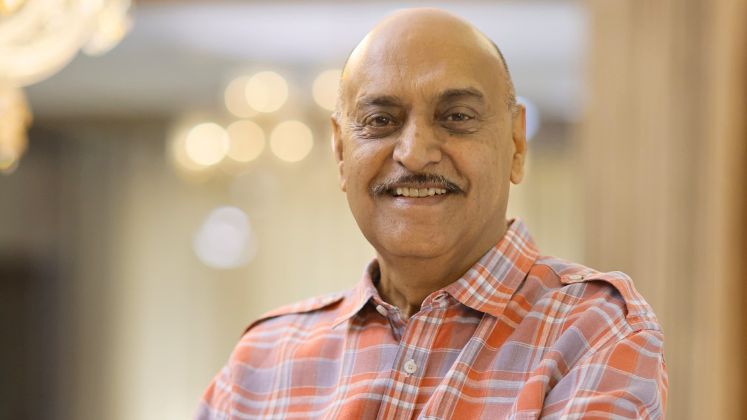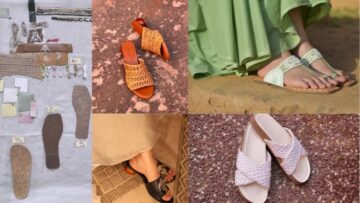The global garment trade is knocking at India’s door. But is the Indian industry ready to open it? Not quite, says Sudhir Dhingra, Chairman and Promoter of Orient Craft Fashion Industries Ltd., who spoke with a clarity and candour at the recently concluded 5th edition of Apparel Sourcing Week in Bengaluru – a premier sourcing show organised by Apparel Resources.
During a panel discussion titled Shaping Garment Manufacturing in Changing Landscape and Driving Growth, the speakers from the garment manufacturing and tech industries focused their conversation on shifting customer demands and why manufacturers and technology providers must respond by implementing innovative practices, addressing sustainability concerns and ensuring pricing efficiency.
“We are standing at the edge of a golden era,” Dhingra told a packed hall of manufacturers, retailers and sourcing leaders, adding, “But the base of our industry is totally unprepared.”
While India’s top garment exporters are indeed equipped to scale, he pointed to a more sobering reality – over 90% of India’s 12,000 registered exporters are small businesses struggling to survive, let alone grow.
“If we manage to capture just 2% of China’s orders, 5% of Bangladesh’s and a slice of Vietnam’s and Cambodia’s – just that would match or exceed our entire current garment export volume. But where is the capacity to deliver?” asserted Dhingra.
Dhingra didn’t mince words: the lack of working capital availability for small and mid-sized exporters is a major bottleneck that no one is solving fast enough.
He gave a simple but telling example: “A company doing Rs. 25 crore (US $ 2.91 million) business gets a Rs. 2 crore (US $ 233,000) order. Great news – except it takes six months to get the financing. By then, the order is gone. The bank has its paperwork, the customer has moved on and the opportunity is lost.”
For him, the solution is clear: just like agriculture was declared a priority sector decades ago, enabling its transformation, garment exports must now receive that same priority status.
“We were importing food grains back then. Today, we’re importing fashion. The story is the same – it’s about where we choose to focus our national will,” added Dhingra.
What makes Dhingra’s argument even more powerful is his deep belief that garmenting is not just an export engine – but a grassroots employment solution.
“Fifty percent of India is women. Ninety percent of them live in villages. What other industry can you plant in a village, with minimal machinery, and create jobs by the hundreds?” Dhingra noted strongly.
He added that the government often asks exporters how much investment they’re willing to make – but the real question, he insisted, should be: how many jobs can you create?
A Call to Action
Dhingra praised the government for involving apparel in every major FTA discussion – calling it a “first in 30 years” – but urged that trade deals must be backed by ground-level financial inclusion and long-term skilling programmes.
“There’s desire. There’s momentum. But without urgent structural changes – especially access to working capital for the 12,000 who’ve been stuck below Rs. 50 crore (US $ 5.83 million) for decades – this golden window may close before we even step through it.”
As he stepped off the stage, the applause in the room was more than polite – it was thoughtful, even sobering. For many in the audience, Dhingra’s words weren’t just a commentary – they were a challenge.







